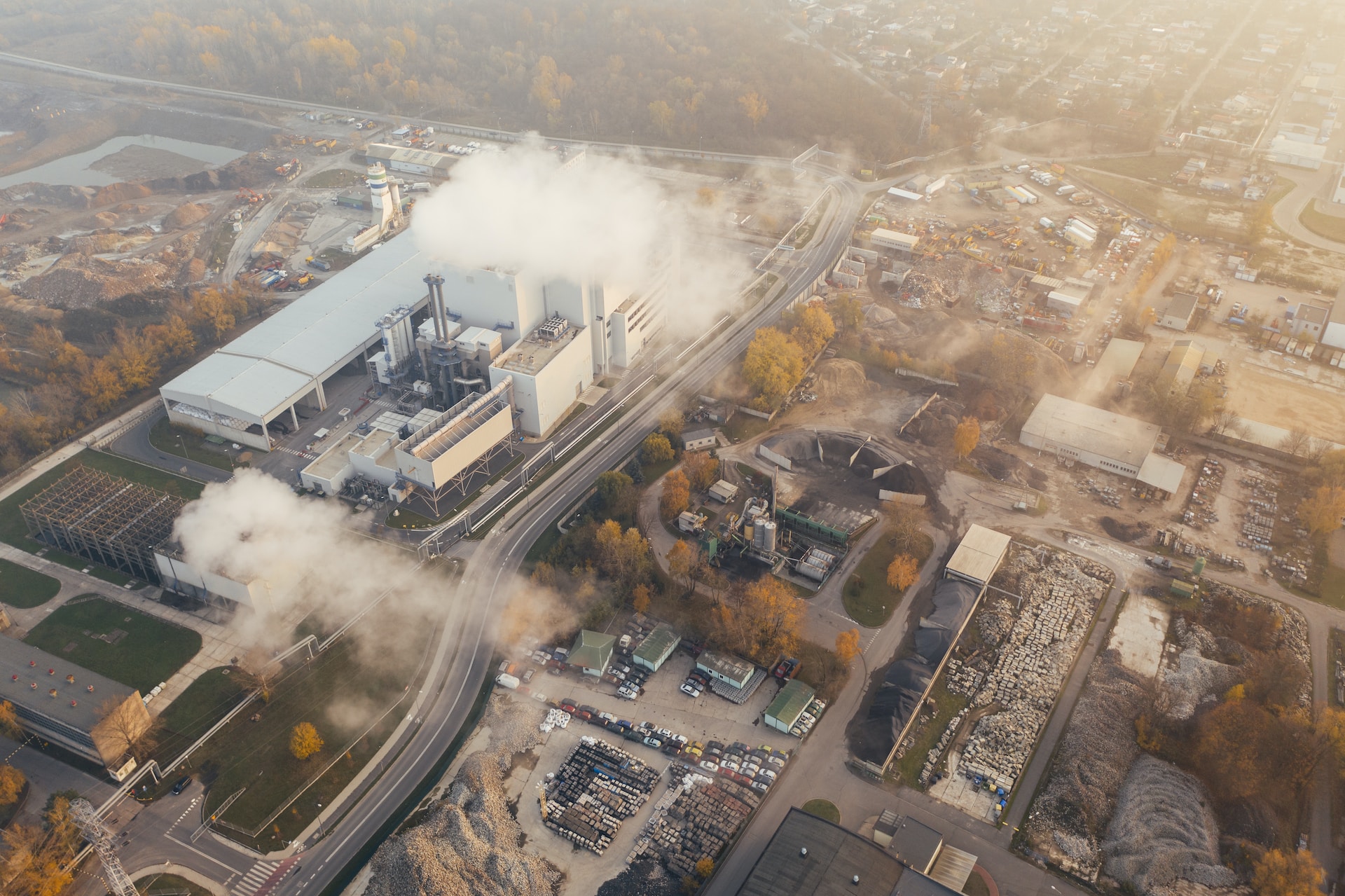Greenhouse Gas Emissions Accounting for a Professional Services Firm

Businesses play a vital role in driving down greenhouse gas (GHG) emissions and building a resilient, zero-emissions economy to avoid the most catastrophic impacts of climate change. Significant opportunities exist for the professional services firm FORVIS to measure and reduce its GHG emissions. Given the nature of the industry, the ripple effect a carbon inventory and emissions reduction strategy will have on FORVIS clients is significant. Our team first calculated a completed baseline carbon inventory, including Scopes 1, 2, and 3 GHG emissions, to identify hotspots within the company's operations and provided the firm with a personalized Excel-based tool to help them complete an annual carbon inventory. Our findings suggest that Scope 3 was the largest emissions category for FORVIS, and Scope 3 Category 6, Business Travel, constituted the highest percentage of emissions within Scope 3. Next, we conducted quality control and quality assurance tests on the data to provide thorough recommendations to improve the firm's data collection and operating recommendations moving forward. We identified the top five highest emitting locations based on utility usage when climate conditions, square footage, and employee count were considered. The following recommendations were identified as providing the most significant reductions in emissions (1) reducing business travel, (2) switching to LEED-certified offices and working closely with landlords to implement updated HVAC systems, on-site renewables, heat pumps, and LED lighting, (3) reducing unnecessary office square footage as identified by FORVIS team, and (4) implement waste reduction strategies such as recycling and waste audits.
Acknowledgements
UC Santa Barbara Bren School: Sarah Anderson, Professor; Associate Dean of Diversity, Equity and Inclusion; Matt Potoski, Professor; Eric Masanet, Professor and Mellichamp Chair in Sustainability Science for Emerging Technologies; Christopher Jerde, Lecturer
FORVIS: Kevin Price, Chief Sustainability & Inclusion Officer; Steve Wilkerson, Senior ESG & Climate Risk Manager; Nate White, ESG & Climate Risk Director; Alison Cabrera, ESG & Climate Risk Consultant
Vaughan Andrews, Senior Sustainability Manager, Weyerhaeuser
Shelby Smith, Agricultural Value Chains Decarbonization Consultant, South Pole